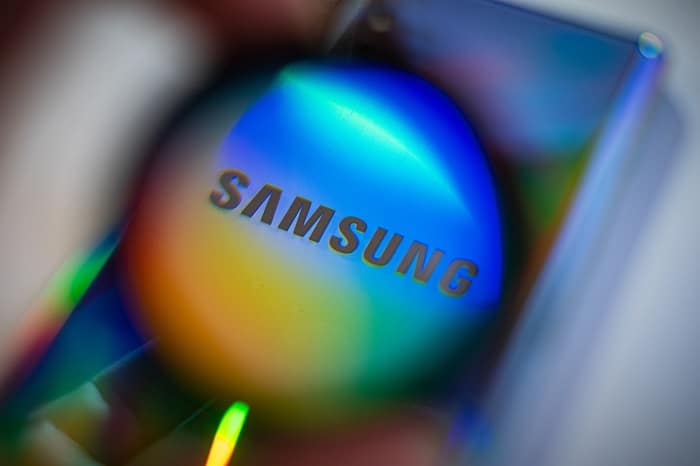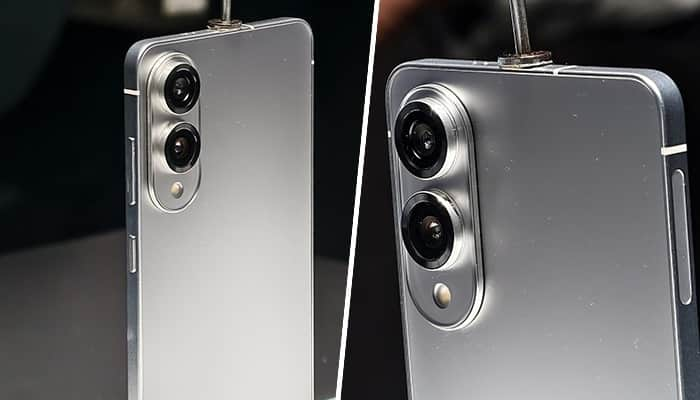Initially, Samsung was a trading enterprise dealing in groceries, dried-fish, noodles, and other goods.
In 1938, Samsung began as a small trading company and today, it is one of the most powerful tech giants in the world. Samsung was founded by Lee Byung-chul in Daegu, South Korea. Initially, the company was a trading enterprise dealing in groceries, dried-fish, noodles, and other goods. Lee envisioned creating a powerful conglomerate — and over decades, that dream morphed into reality, with Samsung entering sectors like textiles, insurance, and eventually, electronics.


What is the story behind Samsung's logo?
The Samsung logo has evolved significantly over the years. The name "Samsung" means "three stars" in Korean. It symbolises greatness, numerousness, and power. Early logos incorporated actual stars, but as the company globalized, it transitioned to a minimalist and modern look. The current blue oval logo, introduced in the 1990s, highlighting trust, stability, and a forward-looking global identity.
When was Samsung's biggest breakthrough?
In the 1990s, Samsung's defining breakthrough came in when it shifted its focus from being a mass manufacturer to a global technology leader. The real game-changer was its move into semiconductors and memory chips, which eventually made Samsung the world's largest memory chip maker.
In the 2000s, Samsung made massive strides in the mobile phone industry, culminating in the launch of the Galaxy series in 2009, which catapulted it to the top of the global smartphone market. Today, Samsung is also a leader in display technology, appliances, and 5G innovation.

What controversies rocked Samsung?
Samsung's journey hasn't been without turbulence. Among its most serious controversies:
The recall of Galaxy Note 7 (2016): The infamous battery explosion crisis led to a global recall and an estimated $5 billion loss.
Corruption scandal: Chairman Lee Jae-yong was implicated in a high-profile bribery and corruption scandal in 2017, linked to former South Korean President Park Geun-hye.
Antitrust and labor issues: Samsung has faced global criticism over alleged anti-competitive practices and labor rights violations in its factories.
What sets Samsung apart?
Samsung's strength lies in its vertical integration — it builds most of its components in-house, from chips and displays to batteries and cameras. This gives it unmatched speed, control, and cost efficiency in its product development.
Moreover, its massive investment in R&D (over $15 billion annually) enables it to stay ahead of the curve in emerging tech like foldables, AI, and quantum computing. Its ability to adapt quickly, recover from crises, and push technological boundaries is what keeps it at the forefront of global innovation.


